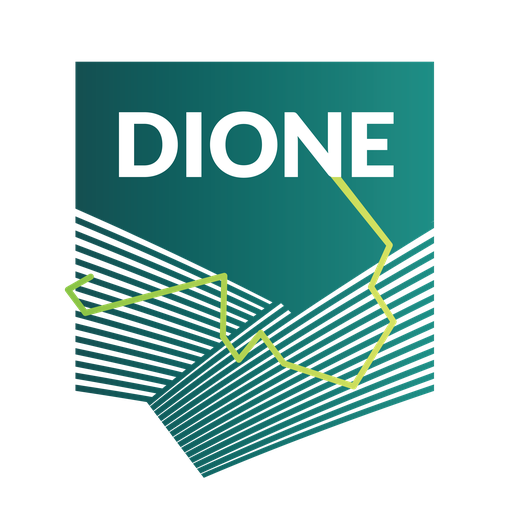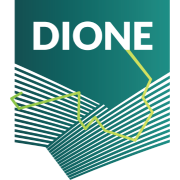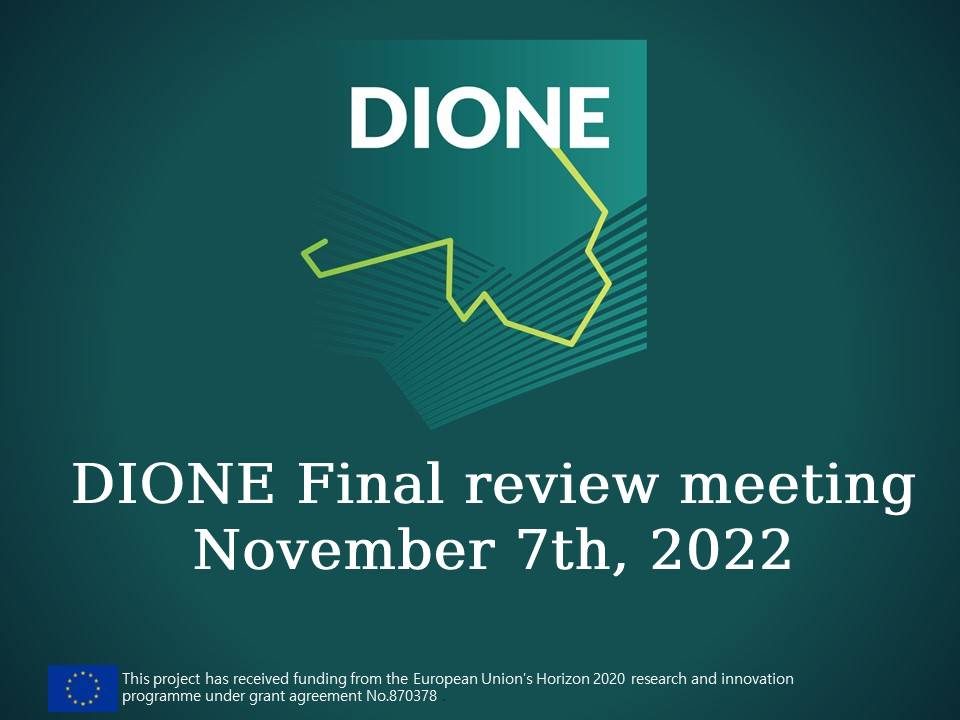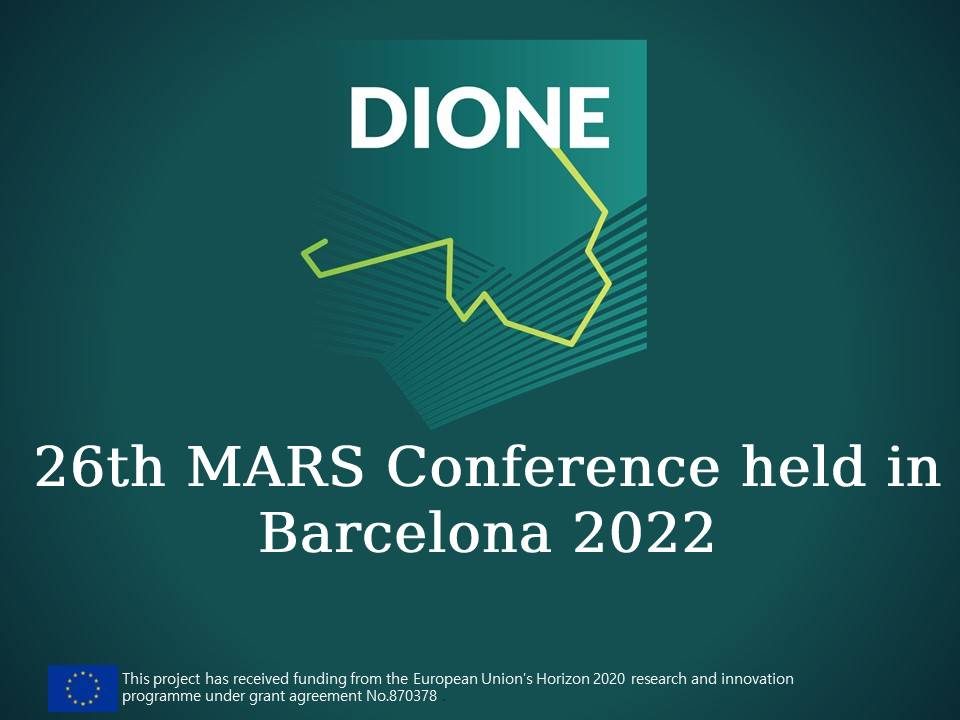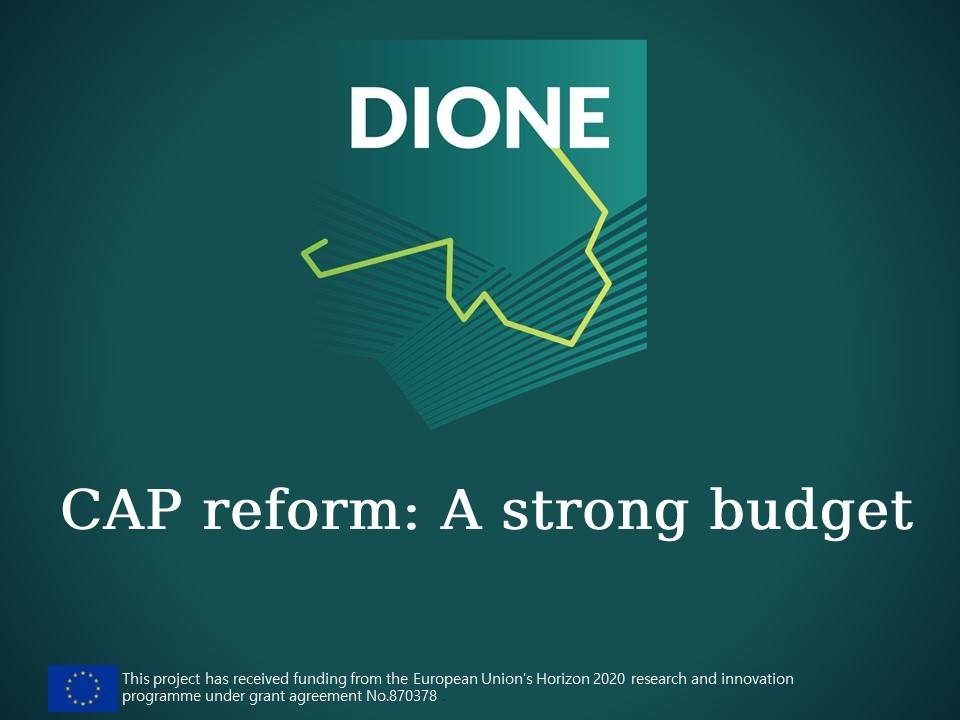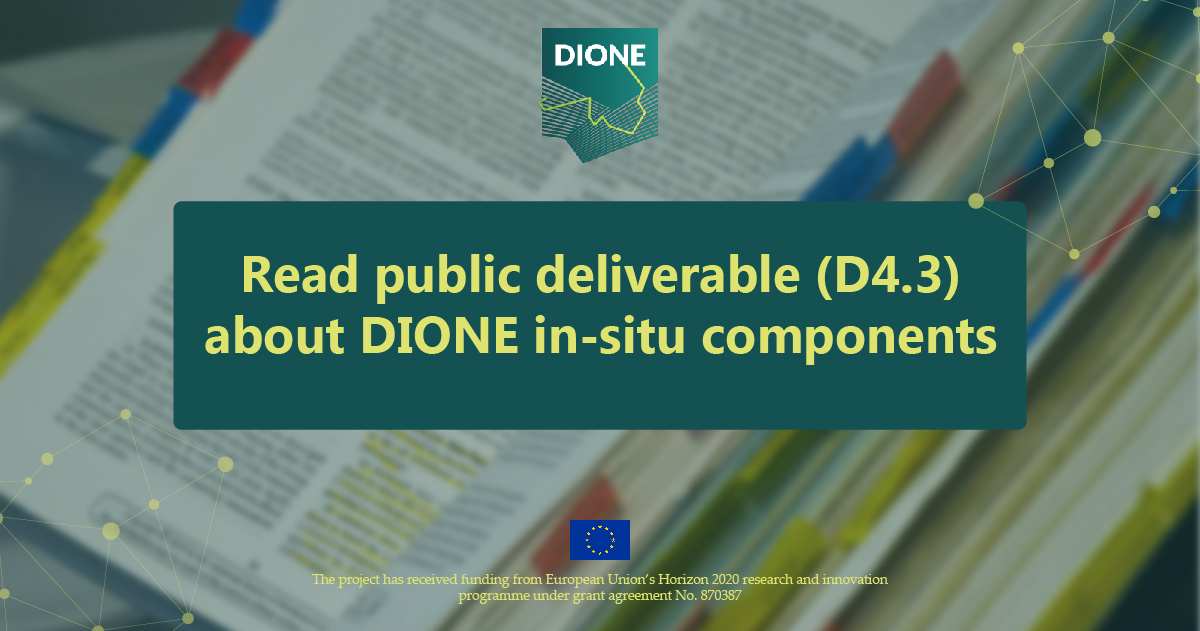
D4.3 Implementation and development of systems; SSS, data processing and geo-tagged photos framework alpha versions (alpha version)
August 24, 2021
The third Sentinel-2 satellite: What does it mean for EO?
August 31, 2021What is D5.1 “Environmental metrics methodology for ML-system” about?
The D5.1 report, produced by i-BEC, provides a set of recommendations for solid and measurable indicators and impact performance metrics for green payments compliance, with a focus on addressing environment and climate priorities within the framework of Common Agricultural Policy (CAP) implementation.
EU countries have allocated the “lion’s share” of their income support (30%) to direct green payments of Common Agricultural Policy, offering to paying agencies the jurisdiction, capacity and resources to allocate payments and monitor the compliance process. However, the main findings from the European Commission’s (EC) public consultation, held in 2017, concluded that the majority of the environmental challenges, that where designated for achievement by the previous CAP, have not been sufficiently met. Consequently, intensive changes of CAP are being undertaken, as well as of the monitoring system of the payments’ compliance with CAP and EU environmental objectives. For that matter, EO data will be massively promoted, in the post 2020 CAP’s timeframe, moving towards continuous monitoring and reporting, rather than spot checks of agricultural land in Europe, enhancing the Integrated Administration and Control System (IACS) and making it more cost efficient.
While projects like DIONE have made great strides towards developing technological solutions (e.g. validated algorithms, products, workflows and best practices) to gradually substitute ‘on-the-spot-checks’ with a system of automated checks based on EO, the use of EO to extract tangible environmental impact performance metrics by paying agencies in Europe is still not adequately taken up or is completely lacking. Therefore, the goal of this deliverable is to identify and define a set of environmental indicators or metrics which can be deduced using Earth Observation (EO) means to address the priorities laid out by the Common Agricultural Policy (CAP) of the European Union (EU).
In this context, DIONE generalizes and integrates the concept of Essential Variables (EVs) and Goal Based approach (GBA) across the main environmental objectives of the modernized new CAP (2021-2027). The work is driven by the need to support substantial monitoring and reporting by combining data primarily from satellites and novel aerial and in-situ solutions in the fields of land, soil, crop, water, air quality and climate change, and putting forward robust methodologies and well-defined workflows for linking the monitoring of EVs to key agricultural indicators. This is done by weighing in the readiness and maturity of existing agri-environmental indicators and monitoring methodologies, laying out EO-driven approaches for up-to-date and valid monitoring and paving the ground for a machine learning inferencing system. The report considered the implementation of CAP and other related environmental policies (e.g. SDGs), the outcomes and future perspectives of key research papers and relevant projects. Within the framework of “D5.1 Environmental metrics methodology for ML-system” DIONE brought together an interdisciplinary team of highly-performing scientists (agronomists, meteorologists, software engineers, EO experts), to jointly study the challenges to provide a comprehensive approach for environmental assessment of CAP.
To read D5.1, click here
EU countries have allocated the “lion’s share” of their income support (30%) to direct green payments of Common Agricultural Policy, offering to paying agencies the jurisdiction, capacity and resources to allocate payments and monitor the compliance process. However, the main findings from the European Commission’s (EC) public consultation, held in 2017, concluded that the majority of the environmental challenges, that where designated for achievement by the previous CAP, have not been sufficiently met. Consequently, intensive changes of CAP are being undertaken, as well as of the monitoring system of the payments’ compliance with CAP and EU environmental objectives. For that matter, EO data will be massively promoted, in the post 2020 CAP’s timeframe, moving towards continuous monitoring and reporting, rather than spot checks of agricultural land in Europe, enhancing the Integrated Administration and Control System (IACS) and making it more cost efficient.
While projects like DIONE have made great strides towards developing technological solutions (e.g. validated algorithms, products, workflows and best practices) to gradually substitute ‘on-the-spot-checks’ with a system of automated checks based on EO, the use of EO to extract tangible environmental impact performance metrics by paying agencies in Europe is still not adequately taken up or is completely lacking. Therefore, the goal of this deliverable is to identify and define a set of environmental indicators or metrics which can be deduced using Earth Observation (EO) means to address the priorities laid out by the Common Agricultural Policy (CAP) of the European Union (EU).
In this context, DIONE generalizes and integrates the concept of Essential Variables (EVs) and Goal Based approach (GBA) across the main environmental objectives of the modernized new CAP (2021-2027). The work is driven by the need to support substantial monitoring and reporting by combining data primarily from satellites and novel aerial and in-situ solutions in the fields of land, soil, crop, water, air quality and climate change, and putting forward robust methodologies and well-defined workflows for linking the monitoring of EVs to key agricultural indicators. This is done by weighing in the readiness and maturity of existing agri-environmental indicators and monitoring methodologies, laying out EO-driven approaches for up-to-date and valid monitoring and paving the ground for a machine learning inferencing system. The report considered the implementation of CAP and other related environmental policies (e.g. SDGs), the outcomes and future perspectives of key research papers and relevant projects. Within the framework of “D5.1 Environmental metrics methodology for ML-system” DIONE brought together an interdisciplinary team of highly-performing scientists (agronomists, meteorologists, software engineers, EO experts), to jointly study the challenges to provide a comprehensive approach for environmental assessment of CAP.
To read D5.1, click here
